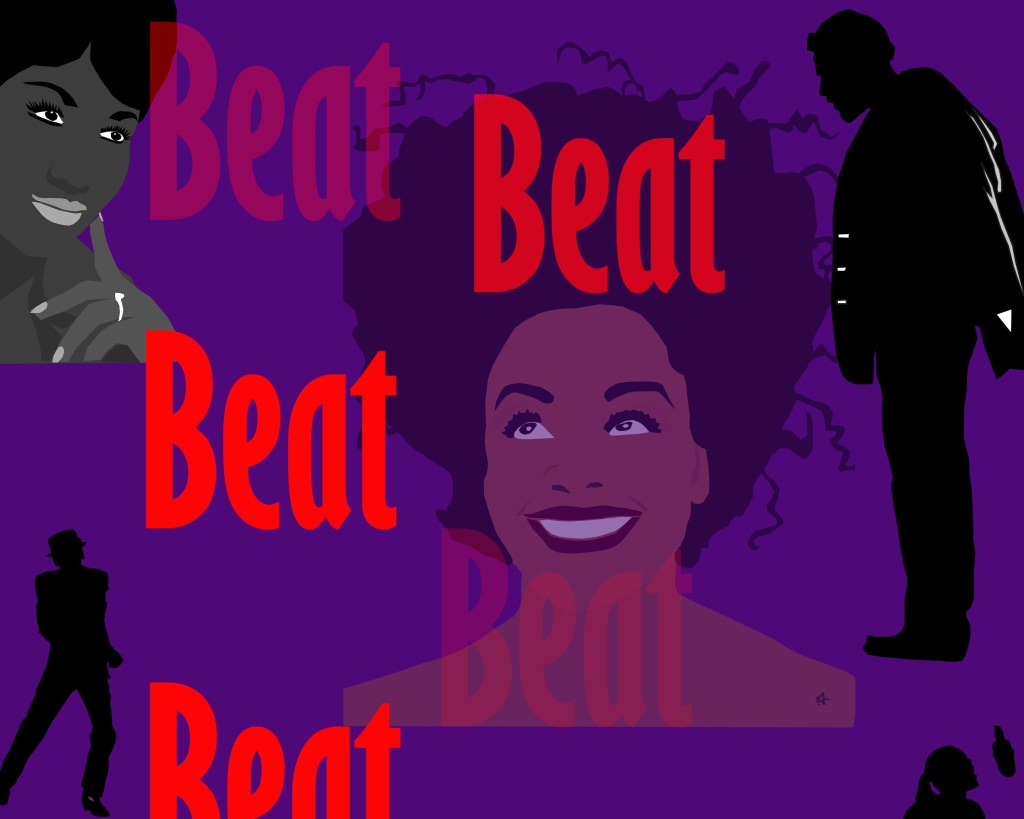Imagine you are a young man living with your family in your homeland. You have watched your father play the instrument that passes down in your family. You know the sound it makes at celebrations, at funerals at all of the events that matter in your village.
You watch the movement of his hands, his face, and the rest of his body. You know how to do this. One day it will be your turn and you will be ready.
But before you day you are taken away.
You find yourself in a place where there are other people who have different ideas about this process.
As Africans began to process the horror of slavery, they created sounds and traditions that would last for centuries. Without the stories we do not know which sound came from which tribe, but we understand that bringing them all together created something
The sound starts in a field as an enslaved people worked and sang together. One man has one sound from his tribe, and another man has a different sound from his tribe. What do they do? They blend it all together and create amazing force.
When masters would Christianize the slaves, the hymns and songs would be changed by the enslaved to adapt to their culture. I mean since slaves were allowed to read, traditions like call and response worked because they followed the leader. Yet they would also change the melodies and the rhythms.
These melodies and rhythms would become the backbone of music. In the 19th Century African Americans created music that entertained white audiences with instruments like the banjo. This instrument is adapted from one created in West Africa. In addition to spirituals, minstrel shows began in that century with much of its music based on African Americans. The Fisk University Jubilee Singers toured the county singing traditional spirituals. Barbershop quartets started during this century as African American men would harmonize while waiting to get a haircut. And the turn of the century only promised more with African Americans participating in Theater with a show on Broadway in 1898.
In the beginning of the 20th Century, African Americans has limited success in opera, even though Scott Joplin’s opera Treemonisha, was performed in 1911. “Race music” was on the rise which was jazz and the blues. This became a time when Anglo performers would adapt African American music for their audiences. Men like W.C. Handy and William Grant Still, Jr. told stories that reflected the community.
In 1939, Billie Holiday was introduced to a song that would become her greatest selling record, Strange Fruit. It told the story of lynchings. According to her biography, when she performed the song in nightclubs, she made sure that the place was silent and there was a spotlight on her with the rest of the room being dark. When she finished, the spotlight when off. When the lights come back up, she is gone. Her music left people feeling something definite and this time it wasn’t feeling good about their world.
African American music was listed separately from it’s Anglo counterpart on Billboard. In 1942 it was called Race Music, and finally changed to Rhythm and Blues in 1949.
In the 1940s and 50s, men like Ike Turner and Louis Jordan are created with the movement of Rock and Roll.
One of the performers who helped break the race barrier was Sammy Davis Jr., who started in vaudeville with his father, Sammy Davis Sr. He performed with the Will Mastin Trio and later went on to Broadway and movies. He performed with the Rat Pack in the 1960s and had his biggest hit, The Candy Man in the 1970s.
Aretha Franklin was successful at crossing over to the charts that weren’t limited to people of color. She started singing at her father’s church and traveling with him to sing gospel. But as she set out on her own, she also felt that her platform also gave her the voice to speak on issues that affected African Americans and women. She also used the words of her music to send powerful messages to her audiences with songs like Respect.
Artist like Marvin Gaye made music socially aware with albums like What’s Going On? He started at Motown as a session player but grew into his own creating music that challenge the status quo.
African American music has a rich and complicated history. It touched everything it came close to and left it effects on it.
